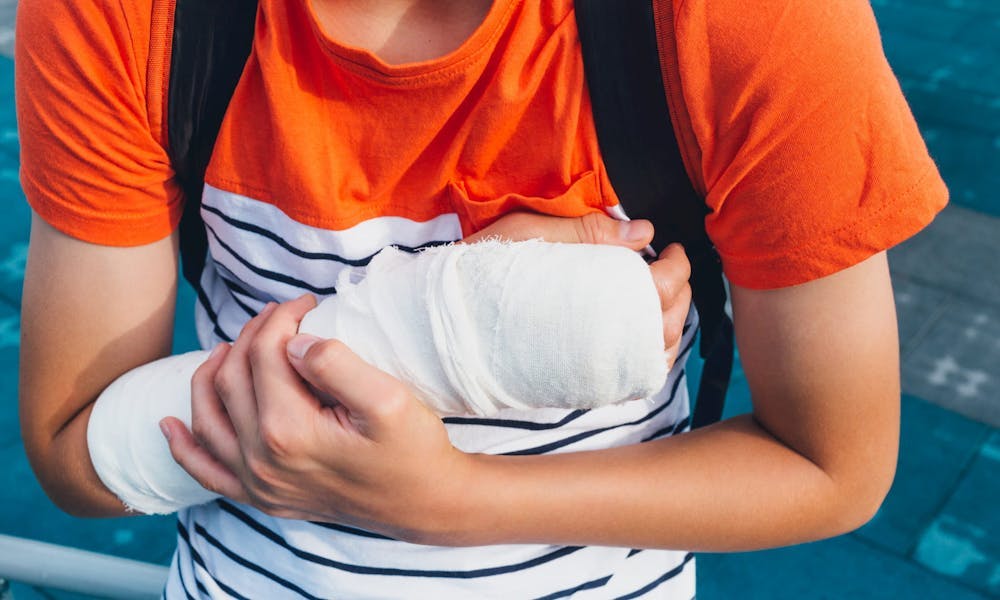Whether you sprain your ankle jogging in the park or walking to your car from the office, we’re here for you. Our experienced healthcare providers have seen it all and can diagnose, treat and provide referrals to a specialist if more follow-up care is necessary.
With X-ray capabilities, healing supplies such as slings and crutches, and little-to-no wait times, we can assess and treat most broken bones, fractures, sprains and more, so you’ll be back on your expedition (or to work) in no time.






